Mo’ water = mo’ problems for beginner boaters
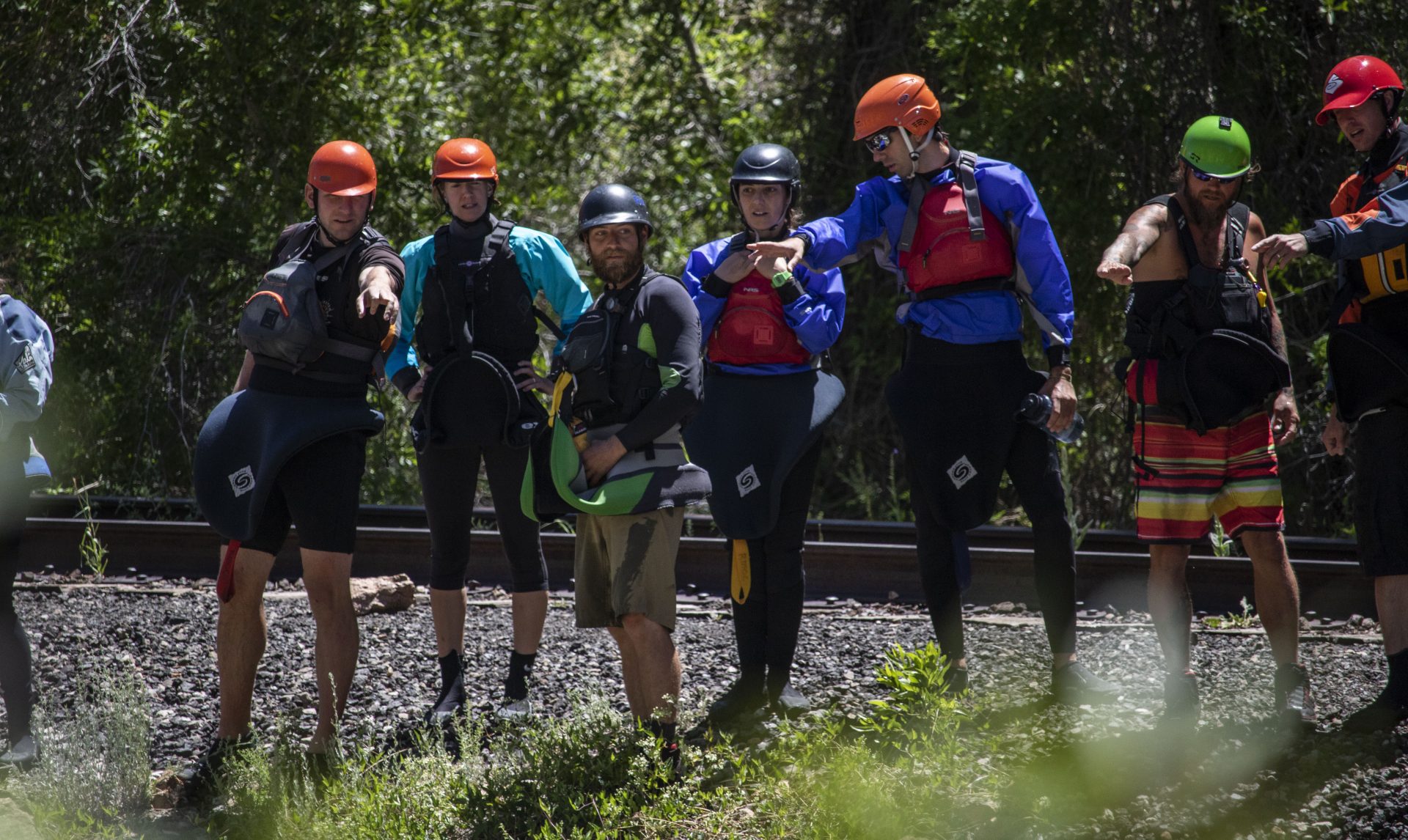
The end of high water season is heralded by paddlers worldwide as a sad time. Depending on the region, maybe the snow is gone from surrounding peaks or rainy spring weather patterns stabilize into hot, dry summer. Perhaps monsoon rains and their residual boatable flows have subsided.
This somber time is usually marked by activities such as hanging up your drysuit, tuning your mountain bike, dusting off the climbing rack, or finally getting around to those “spring cleaning” household projects. It’s a time to reconnect with non-boater loved ones lost in the frenzy of get-it-while-you-can water season.
We here at the RMOC, however, are a different breed of kayakers and SUP boarders. We breathe a sigh of relief when water levels on the Arkansas drop below 1000 cfs. We hope for a long, slow snowmelt or a quick spike above 3,000 cfs for a few rafting thrills then back down to acceptable levels to teach kayaking. We do anti-snow dances. (OK, that last one doesn’t actually happen but you get the idea).
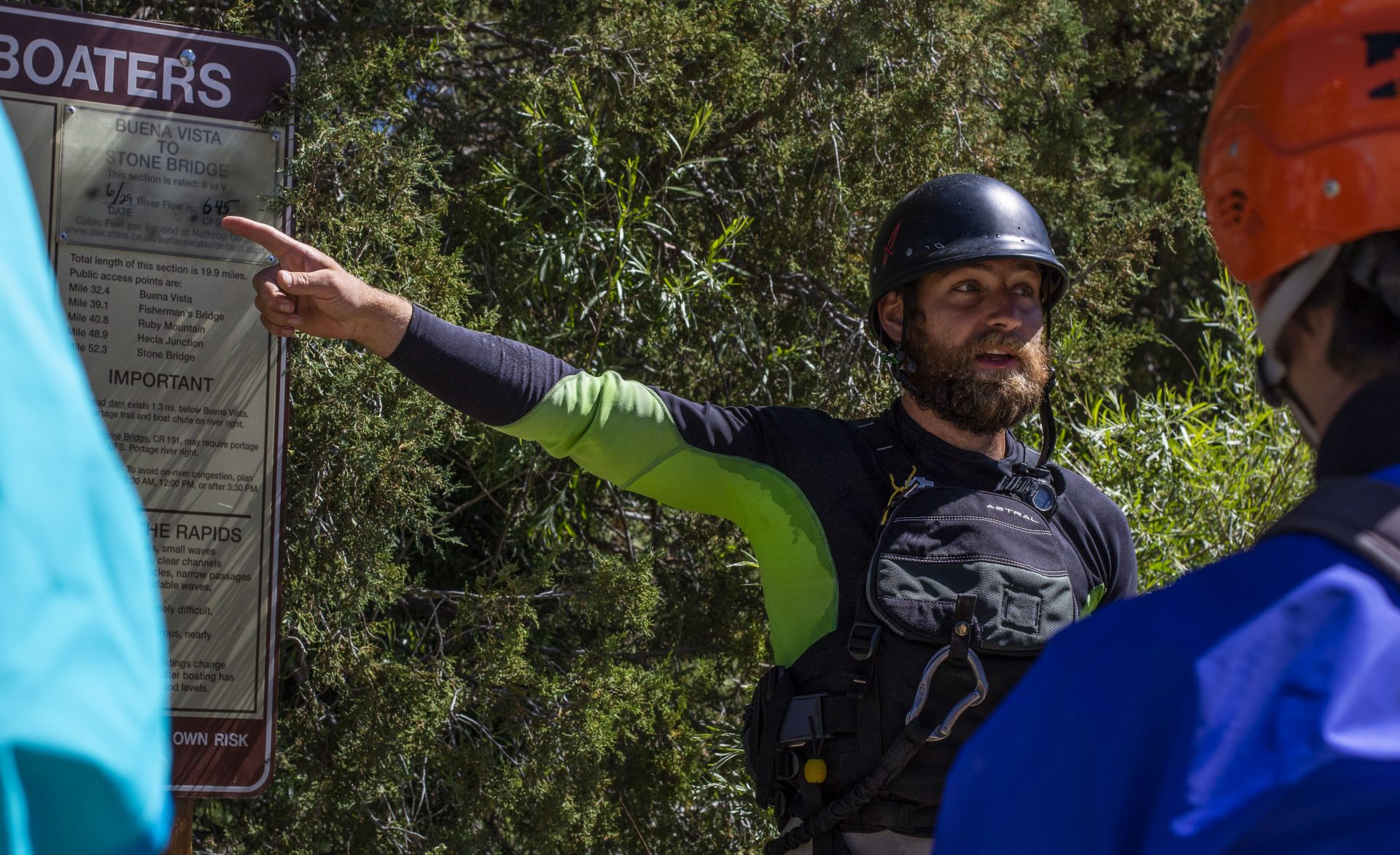
We look forward to the summer, and even fall, when eddylines are friendly and river features less intimidating for our students to grasp essential paddling basics. Plus, slower current and larger eddies make clean-up easier in the event of a swim.
With hot early season temperatures, snowmelt and peak flows on the Arkansas came early this year. This week, water levels on the Arkansas are settling in to the usual summer flow of about 700 cfs. RMOC kayak instructor Reid “Mr. Jackson” Jackson cited this as the perfect level for teaching beginners to kayak. “You feel the current but don’t get punished,” he says. “You get all the feedback from the river but you don’t immediately get flipped the first time crossing an eddyline.”
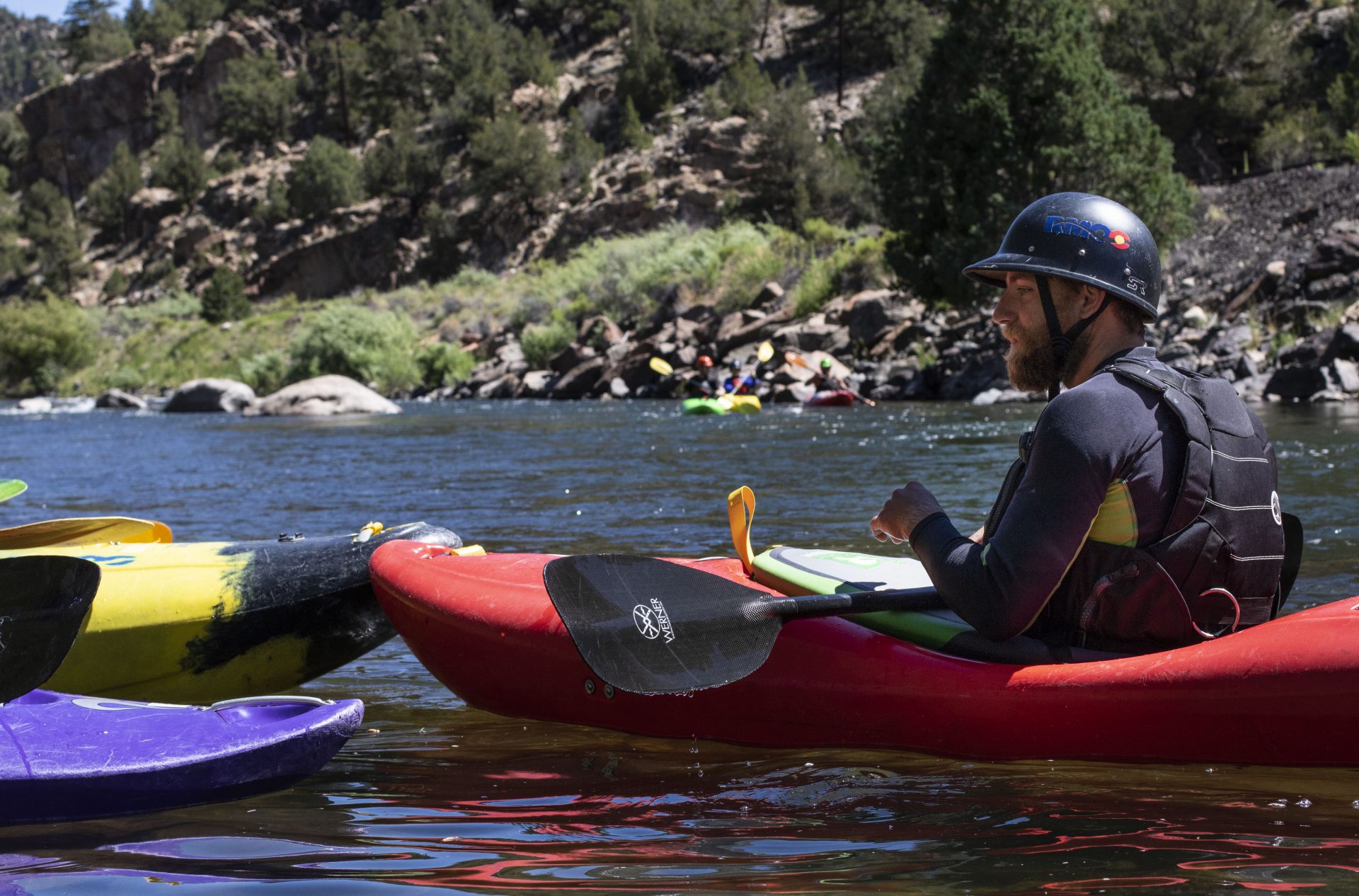
Here’s 3 reason why Jackson loves the low water life:
1. Eddies present themselves. At lower water, rocks exist so there are more eddies to play on, which makes you a better boater. The ability to catch and leave an eddy is an essential skill. At low water, eddies are everywhere. You get to practice dat different locations in a variety of ways.
2. It makes for shorter swims and simplifies rescues.
3. Lower Browns Canyon is open. I can let people lap a Class 3 rapid (Seidel’s). Paddlers get a chance to see a rapid, run a rapid with success or failure then go back up and run it again. High water means more hazards, bigger features in that section. The Salida playpark becomes a great teaching spot for beginners. At 3500 cfs, it’s basically a class 3 wave train that piles into a bridge pylon. I’m also able to take beginners on downriver runs.
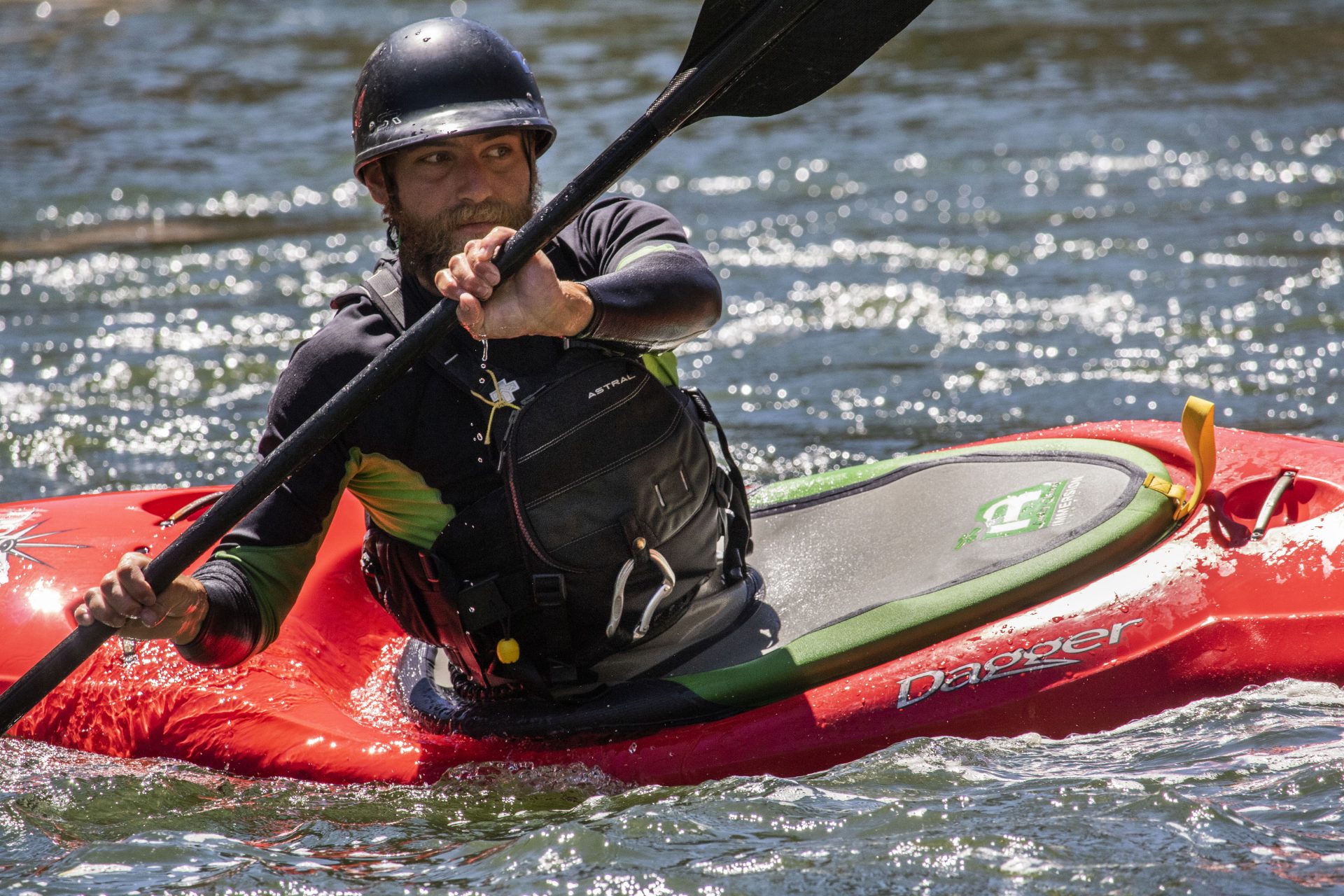
If you’re lucky enough to live in a place where it rains all the time, say the Pacific Northwest, Southeast, or Ecuador, disregard the above message. For the rest of us mortal paddlers, take a lesson with Mr. Jackson or any of our other professional instructors this summer!
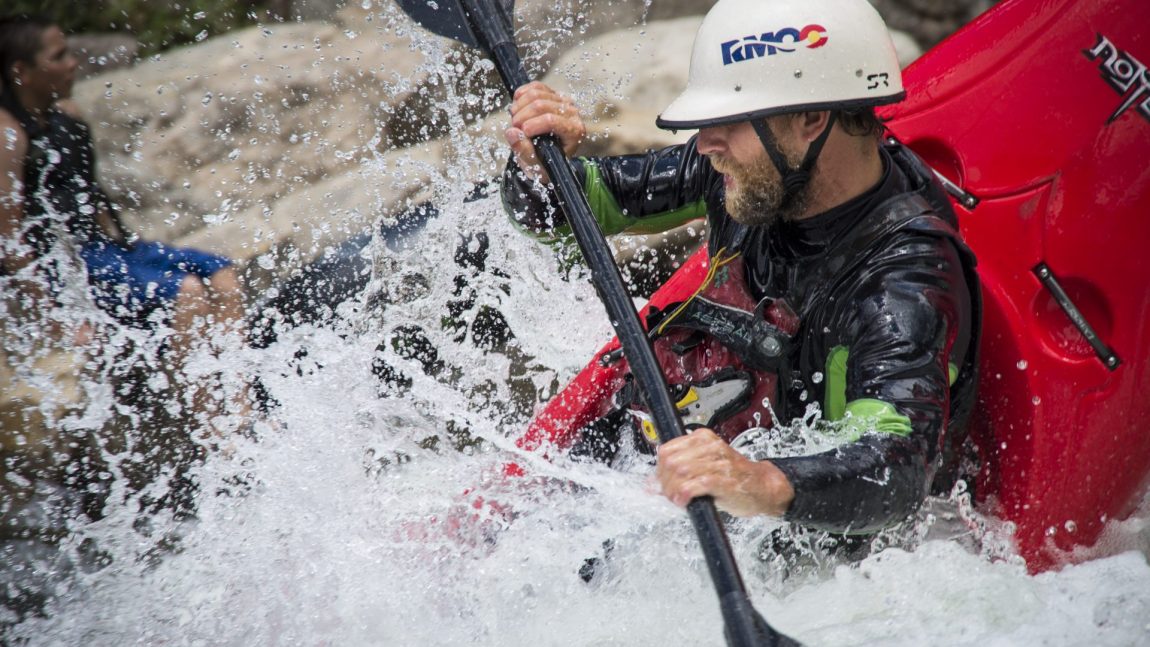
 RMOC is an equal opportunity service provider. RMOC operates under special use permits from the San Isabel National Forest. All or part of this operation is conducted on Public Lands under special permit from the U.S. Bureau of Land Management.
RMOC is an equal opportunity service provider. RMOC operates under special use permits from the San Isabel National Forest. All or part of this operation is conducted on Public Lands under special permit from the U.S. Bureau of Land Management.